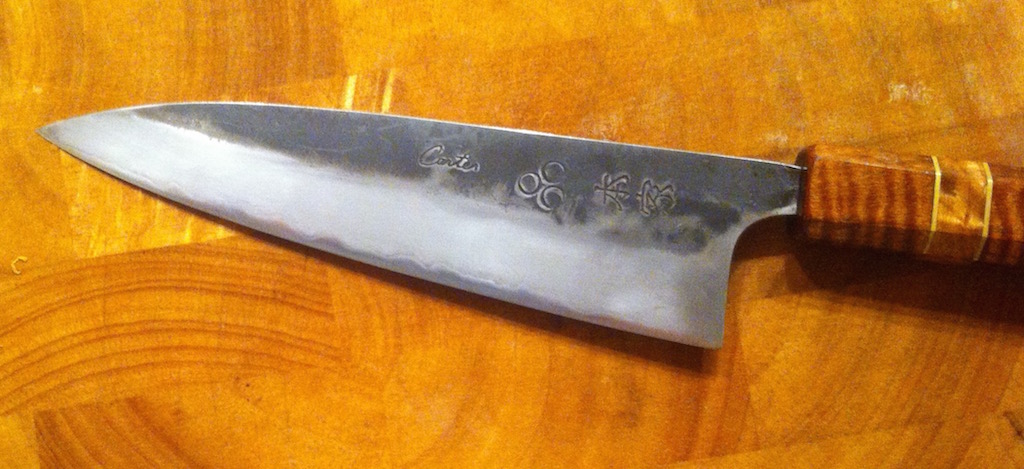malexthekid
Senior Member
- Joined
- Jan 28, 2014
- Messages
- 1,965
- Reaction score
- 9
I think the other thing people may be overlooking is the variability in natural stones. They are not uniform in any which way, and it may be that which is actually the key factor.
Harder particles mixed in with softer producing this effect.
If as farnorth says its just about finding a stone that works on softer not harder steel than that is easily replicated just have to.do the science on it
Harder particles mixed in with softer producing this effect.
If as farnorth says its just about finding a stone that works on softer not harder steel than that is easily replicated just have to.do the science on it





